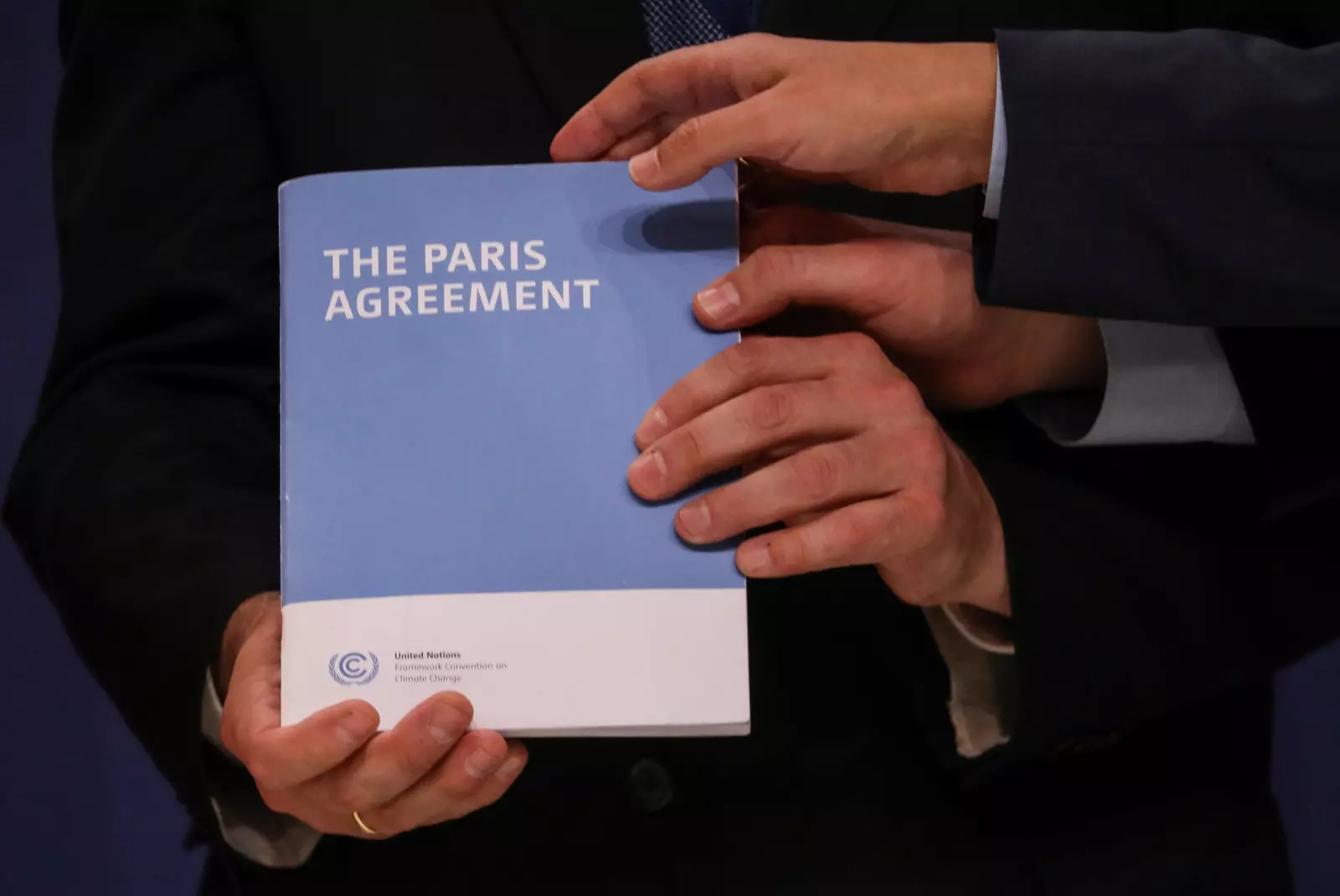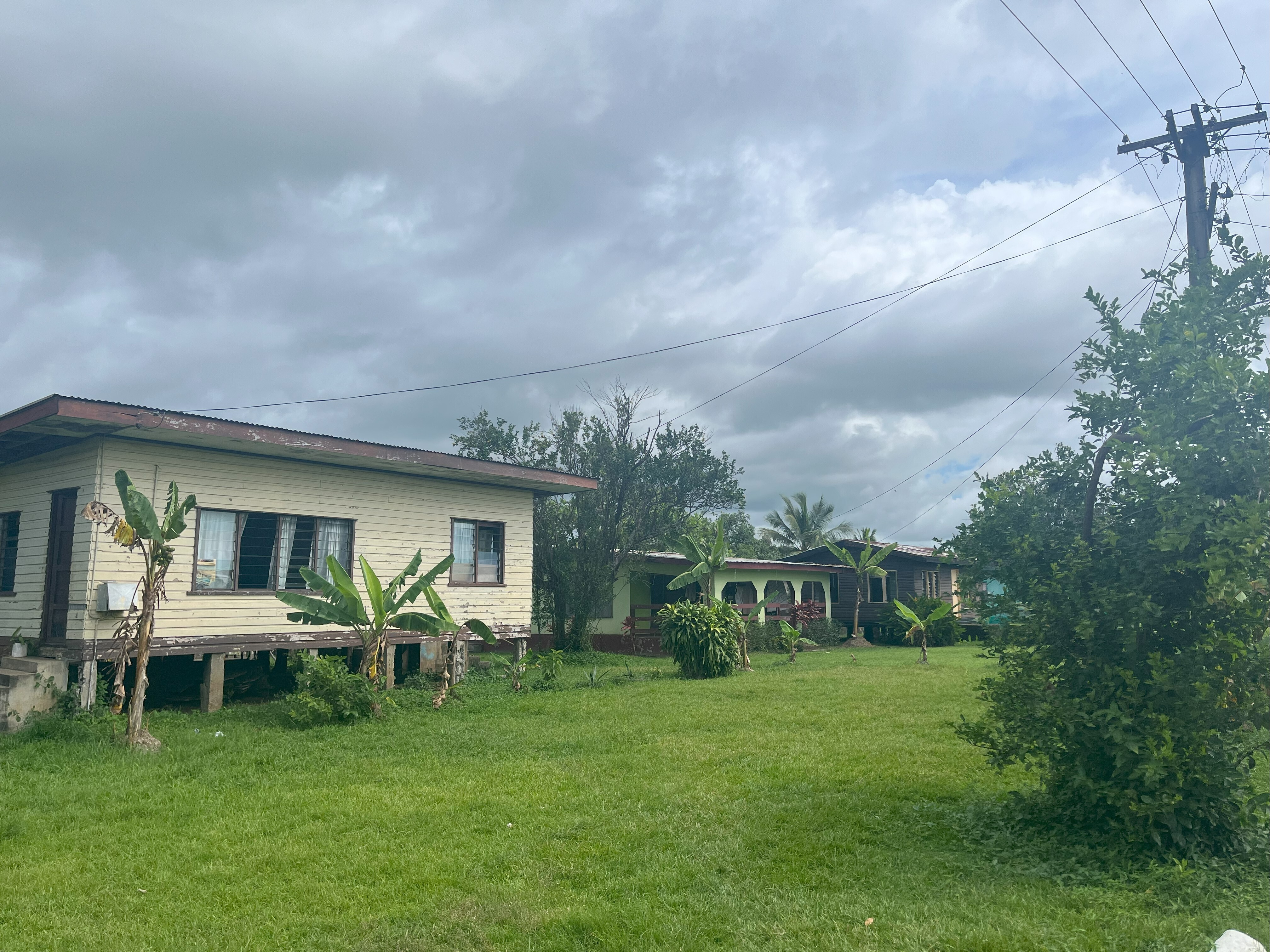5 ways development finance institutions can accelerate clean air financing

Development finance institutions can reverse the underinvestment in air quality by sponsoring clean air financing by multiple public and private sources.
Image: Getty Images/iStockphoto
- International funding for air pollution remains very low but action on air pollution offers a significant opportunity for progress on the sustainable development and climate goal agendas.
- Development finance institutions can help accelerate investments in clean air projects by strategically allocating capital and expertise, thus catalyzing projects across sectors.
- Effective air quality monitoring systems and data transparency are essential to understanding and addressing air pollution, while innovative financing mechanisms can help scale projects.
Around 99% of the world breathes ambient air that fails to meet the World Health Organization’s health-based guidelines. This reality has significant negative economic, health and development impacts.
The US Environmental Protection Agency calculated that every $1 spent on air pollution control yields an estimated $30 in economic benefits. Addressing air pollution could prevent millions of premature deaths and health impacts, especially in children and older people, and increase global crop yields of soybean, wheat, rice and maize. Action on air pollution also offers health co-benefits through climate mitigation and an opportunity for synergistic action on climate and the Sustainable Development Goals.
Despite the compelling argument for action, less than 1% of international development funding and only 2% of international public climate finance was targeted towards air pollution action from 2015 to 2021.
Increased funding from development finance institutions (DFIs), private funders and philanthropies, among others, is needed to reverse underinvestment in clean air – an asset that can unlock economic, health and social benefits. Given their objective to finance infrastructure and large-scale projects in areas that contribute to sustainable development objectives, DFIs, in particular, are crucial to accelerating investments in clean air initiatives.
The opportunities for air quality in DFIs
Driven by its vision of “everyone everywhere breathing clean air” and recognizing that accelerating development funding is critical to achieving this goal, the World Economic Forum Global Future Council on Clean Air conducted research and in-depth stakeholder interviews with key development finance institutions and DFI actors in 2023.
The insights from research and interviews with leading global DFIs were:
- Lack of air quality tracking: Air quality is not tracked or is bundled with limited weightage within environment, social and governance metrics.
- Lack of demand: Very few national governments are demanding funding for air quality-specific projects.
- Limited awareness: The benefits of integrating air quality in DFIs’ funding process are not explicit.
- Toolkit and support welcome: A practical toolkit or support to help embed air quality in DFI funding processes is welcome.
The Council on Clean Air believes DFIs are well-positioned to lead in accelerating funding for clean air. By strategically allocating capital and expertise, DFIs can catalyze projects to target air quality improvement. These projects encompass a range of sectors, including renewable energy, sustainable transportation, waste management, urban development and agriculture.
5 actions for DFIs to boost air quality investments
By investing in these areas, DFIs can create a ripple effect that addresses immediate air quality concerns and lays the foundation for longer-term climate mitigation action and sustainable development. Moreover, DFIs have a wide range of financing tools available, including project investments, policy-based programmes, financial intermediation loans, guarantees and syndication, and technical assistance projects that can help develop fit-for-purpose clean air solutions.
The council recommends five actions to accelerate clean air financing through DFIs:
- Increase awareness of the alignment of outdoor air quality with DFIs’ health, climate, and economic development goals.
- Integrate air quality outcomes in sectoral projects and track air quality metrics in all financing processes of DFIs, focusing on transport, energy and related sectors to ensure investments deliver maximum benefits.
- Prioritize projects that directly contribute to improving air quality, incorporating calculated health and economic benefits of their potential to reduce air pollution and greenhouse gas emissions.
- Increase collaboration between DFIs, impact investors, philanthropic project sponsors and private sector project implementers to seed more air quality projects so that commercial and development risks are allocated to funding parties that can best manage them.
- Encourage DFIs to utilize dedicated de-risking funds and mechanisms to catalyze clean air bankable projects to attract private capital.
To fund air quality projects at scale, private sector lenders and investors must be familiar with the risk structures and exposures they are asked to accept.
”Promising landscape for clean air investment
There are positive signs that air pollution is moving up the agenda of development banks. At the 2024 World Bank Spring Meetings, the Multilateral Investment Guarantee Agency announced $1 billion to de-risk air quality projects and encourage more investment in clean air. Through its flagship programme, Asia Clean Blue Skies, the Asian Development Bank aims to scale up investments and capacity-building support to developing countries in Asia and the Pacific.
However, more programmatic funding is needed to fill the air pollution data gap and to deliver clean air solutions at scale as quickly as possible. Funding is needed to strengthen air quality monitoring systems and increase data transparency. Air quality monitoring is essential to understand the extent of the air pollution problem and inform the public of the quality of the air they are breathing. Yet, millions live in cities without air quality monitors or where air pollution data is not shared.
While the council’s recommendations have focused on the important leadership role that DFIs can play, it also notices an increasingly favourable financing environment for air quality. For instance, the US Inflation Reduction Act 2022 makes eight specific references to air quality. It provides $7 billion of federal grants, subsidies and awards for air quality projects, including transportation, port infrastructure, power generation and air monitoring.
The Act’s impact has been to accelerate the development of climate and environmental projects, including clean air, by private sector project developers. In turn, this has led to greater exposure to and familiarity with such projects by the public equity and debt markets.
Creating scalable impact
The council has noted that the term “blended finance” has been gaining traction in efforts to bring private and commercial financing by using grants and concessional sources to buy down the financing terms, thereby generating greater demand, particularly for smaller projects sponsored by DFIs. However, they have proven difficult to scale and operate outside the usual time frames demanded by the private sector.
To fund air quality projects at scale, private sector lenders and investors must be familiar with the risk structures and exposures they are asked to accept. Accordingly, the council has highlighted the need to de-risk finance through multi-tranched structures based on the efficient allocation of discrete risks (development, construction, operational, offtake and political risks) to the appropriate funding party. This distribution will reduce residual risk and therefore, de-risk a project overall. The council notes that this can be an effective basis for collaboration between DFIs and private sector funders to achieve greater scale.
DFIs’ lead in taking a systematic approach to elevating air quality in funding will not only help advance their climate, health and economic development goals but also lay the critical foundation to enable a future where clean air is no longer a luxury but a global standard for all.
Accept our marketing cookies to access this content.
These cookies are currently disabled in your browser.
Special thanks to the additional contributors to this blog:
Gregga Baxter, General Manager Gulf International Bank; Bruno Carrasco, Director General, Climate Change and Sustainable Development Department, Asian Development Bank; and Tolullah Oni, Professor Public Health and Sustainable Development, University of Cambridge; with research support from Dr Phyllis Kalele (PhD).
Don't miss any update on this topic
Create a free account and access your personalized content collection with our latest publications and analyses.
License and Republishing
World Economic Forum articles may be republished in accordance with the Creative Commons Attribution-NonCommercial-NoDerivatives 4.0 International Public License, and in accordance with our Terms of Use.
The views expressed in this article are those of the author alone and not the World Economic Forum.
Forum Stories newsletter
Bringing you weekly curated insights and analysis on the global issues that matter.
More on Climate Action and Waste Reduction See all
Sophia Mendelsohn
November 10, 2025
Andrea Willige
November 10, 2025
Demet Intepe
November 10, 2025





